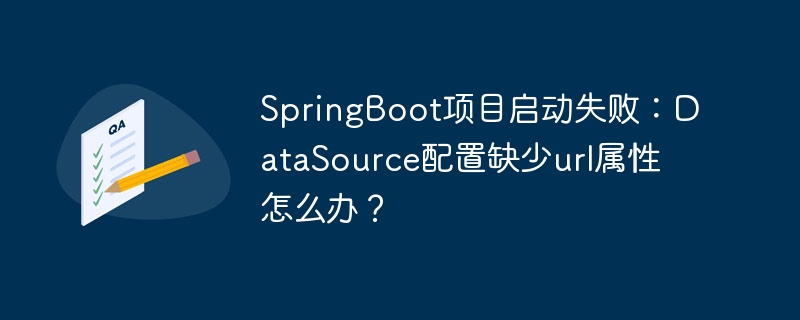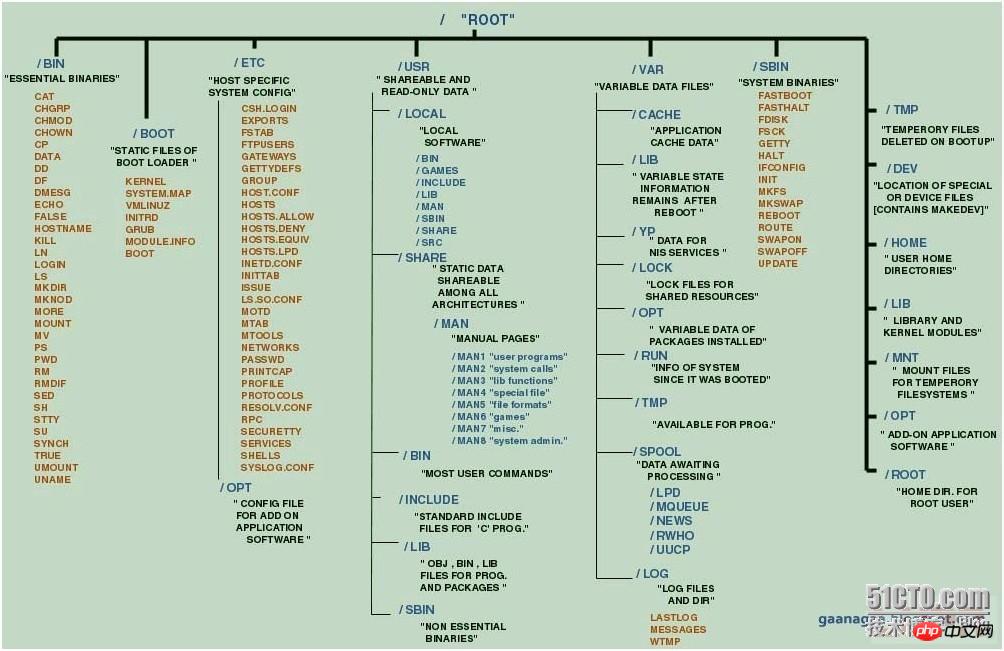
本文介紹如何在linux環(huán)境下實(shí)現(xiàn)Swagger API文檔的國際化(i18n)。我們將逐步講解如何準(zhǔn)備多語言資源文件,配置Swagger以支持國際化,以及在Swagger ui中顯示本地化信息。
一、準(zhǔn)備多語言資源文件
首先,創(chuàng)建不同語言的資源文件,這些文件通常采用鍵值對的形式存儲(chǔ),鍵保持一致,值則為不同語言的翻譯。例如:
- messages_en.properties (英文)
- messages_zh.properties (中文)
文件內(nèi)容示例:
# messages_en.properties greeting=Hello farewell=Goodbye # messages_zh.properties greeting=你好 farewell=再見
二、使用spring Boot和Springfox Swagger配置國際化
Swagger本身不支持國際化,但借助spring boot和Springfox Swagger可以實(shí)現(xiàn)。
- 添加依賴: 在pom.xml中添加以下依賴:
<dependency> <groupId>io.springfox</groupId> <artifactId>springfox-swagger2</artifactId> <version>2.9.2</version> </dependency> <dependency> <groupId>io.springfox</groupId> <artifactId>springfox-swagger-ui</artifactId> <version>2.9.2</version> </dependency> <dependency> <groupId>org.springframework.boot</groupId> <artifactId>spring-boot-starter-validation</artifactId> </dependency>
- 配置國際化: 在Spring Boot配置文件(例如application.properties或application.yml)中添加國際化配置:
spring: messages: basename: i18n/messages
- 創(chuàng)建消息源: 創(chuàng)建一個(gè)配置類(例如InternationalizationConfig),配置消息源:
import org.springframework.context.MessageSource; import org.springframework.context.annotation.Bean; import org.springframework.context.annotation.Configuration; import org.springframework.context.support.ReloadableResourceBundleMessageSource; import org.springframework.web.servlet.LocaleResolver; import org.springframework.web.servlet.config.annotation.InterceptorRegistry; import org.springframework.web.servlet.config.annotation.WebMvcConfigurer; import org.springframework.web.servlet.i18n.LocaleChangeInterceptor; import org.springframework.web.servlet.i18n.SessionLocaleResolver; import java.util.Locale; @Configuration public class InternationalizationConfig implements WebMvcConfigurer { @Bean public MessageSource messageSource() { ReloadableResourceBundleMessageSource messageSource = new ReloadableResourceBundleMessageSource(); messageSource.setBasename("classpath:i18n/messages"); messageSource.setDefaultEncoding("UTF-8"); return messageSource; } @Bean public LocaleResolver localeResolver() { SessionLocaleResolver localeResolver = new SessionLocaleResolver(); localeResolver.setDefaultLocale(Locale.US); // 設(shè)置默認(rèn)語言 return localeResolver; } @Override public void addInterceptors(InterceptorRegistry registry) { LocaleChangeInterceptor interceptor = new LocaleChangeInterceptor(); interceptor.setParamName("lang"); // URL參數(shù)名,用于切換語言 registry.addInterceptor(interceptor); } }
- 在Swagger配置中使用國際化: 在Swagger配置類中使用MessageSource獲取本地化消息:
import org.springframework.beans.factory.annotation.Autowired; import org.springframework.context.MessageSource; import org.springframework.context.i18n.LocaleContextHolder; import springfox.documentation.builders.PathSelectors; import springfox.documentation.builders.RequestHandlerSelectors; import springfox.documentation.service.ApiInfo; import springfox.documentation.service.ApiInfoBuilder; import springfox.documentation.spi.DocumentationType; import springfox.documentation.spring.web.plugins.Docket; import springfox.documentation.swagger2.annotations.EnableSwagger2; import java.util.Locale; @EnableSwagger2 public class SwaggerConfig { @Autowired private MessageSource messageSource; @Bean public Docket api() { Locale locale = LocaleContextHolder.getLocale(); String greeting = messageSource.getMessage("greeting", null, locale); String farewell = messageSource.getMessage("farewell", null, locale); return new Docket(DocumentationType.SWAGGER_2) .select() .apis(RequestHandlerSelectors.basePackage("你的包名")) // 替換為你的包名 .paths(PathSelectors.any()) .build() .apiInfo(apiInfo(greeting, farewell)); } private ApiInfo apiInfo(String greeting, String farewell) { return new ApiInfoBuilder() .title("API 文檔") .description("支持國際化的 API 文檔") .version("1.0") .build(); } }
三、在Swagger UI中顯示本地化消息 (可選,更高級的定制)
Swagger UI本身不直接支持i18n,需要自定義。 這部分通常通過修改Swagger UI的靜態(tài)文件或使用自定義的JavaScript來實(shí)現(xiàn),這里不再贅述,因?yàn)橹苯釉赟wagger配置中使用MessageSource已經(jīng)可以實(shí)現(xiàn)基本的國際化。
通過以上步驟,你就可以在Linux環(huán)境下為你的Swagger API文檔實(shí)現(xiàn)國際化了。 記住替換代碼中的占位符,例如包名等,以適應(yīng)你的項(xiàng)目結(jié)構(gòu)。
? 版權(quán)聲明
文章版權(quán)歸作者所有,未經(jīng)允許請勿轉(zhuǎn)載。
THE END
.jpg)
















.png)
